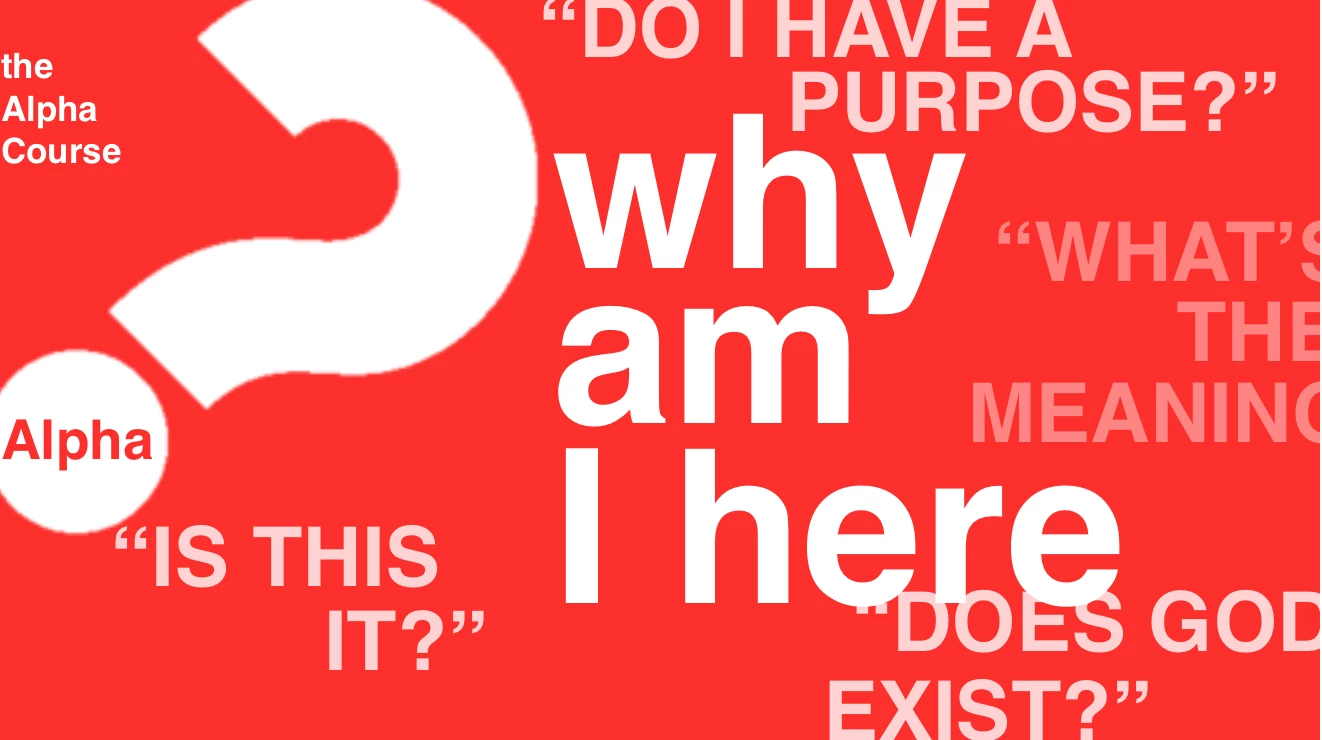The Untied Methodist Church

When I was eight years old, I remember being on vacation with my family. It was Sunday, April 28, 1968. We were visiting the church home of some out of state friends of
my parents. I remember being dismissed from the worship service and going upstairs to a small Sunday school room. (It was strange for me because we always went to church, THEN to Sunday school.)
All I remember about the class, other than an ugly stained glass window that you couldn’t see out of, was the teacher saying that we were all UNITED METHODISTS now. The Sunday before, my family had been Methodist, and the congregation where my family was worshiping that Sunday had been Evangelical United Brethren. But now we were all members of the United Methodist Church.
I’ve been a full-time pastor serving United Methodist congregations for thirtyone years now. I can’t tell you how many times I have misspelled the name of our denomination, typing “Untied” instead of “United.” It always made me chuckle. But I’m not laughing anymore.
As you may have heard, the “Protocol of Reconciliation & Grace Through Separation” was made public on January 3. This mediated settlement, the result of months of consultation and negotiation, proposes a “quick, clean” break-up of the denomination into two “conservative” and “progressive” denominations. It will allow congregations who hold a “traditional” understanding of the authority of scripture to leave the United Methodist Church (with their property) and become part of a new “traditionalist” Methodist body (yet to be created, but definitely in the works). Those who remain after the conservatives leave will continue to be known as “the United Methodist Church.” The NEW United Methodist Church will then be free to support LGBT marriage and ordination.
The settlement is being hailed as “a blessing” by conservatives and progressives because it brings to an end the years of bitter fighting over biblical authority and human sexuality that have plagued us for the fifty years we’ve been a church. The Protocol has unanimous support from a diverse sixteen member team including representatives from the Methodist Federation for Social Action, Affirmation, Reconciling Ministries Network, the United Methodist Queer Clergy Caucus, UMCNext, Mainstream UMC, Uniting Methodists, the Confessing Movement, Good News, the Institute on Religion & Democracy, the Wesleyan Covenant Association, and bishops from the United States and across the globe.
The settlement is not a “done deal.” The only body that speaks for the United Methodist Church is General Conference, which meets in special session to vote on the Protocol on May 5 in Minneapolis. But in all likelihood, a split is coming. People have given up on staying together and are now trying to limit the blood loss of separation.
I realize that this is coming as a complete surprise to many of you. I regret not “manning up” and addressing what the Bible teaches about human sexuality more clearly and frequently from the pulpit and in other ways. I also know that many of you hold views of biblical authority and human sexuality that are different from mine. I have striven to be faithful to my understanding of God’s revealed will and loving to those who disagree with me. But at this juncture, I can’t help but think that what I’ve mostly done is stick my head in the sand and hope this nastiness will just go away. It’s not going to.
It saddens me to think that Hope UMC is, sooner or later, probably going to have to “choose a side.” It has never been my goal to pastor a “conservative” congregation or a “progressive” congregation. And no matter where we end up as a congregation, I hope you will remember that as far as I am concerned, everyone is welcome at Hope. Everyone.













